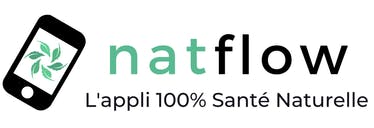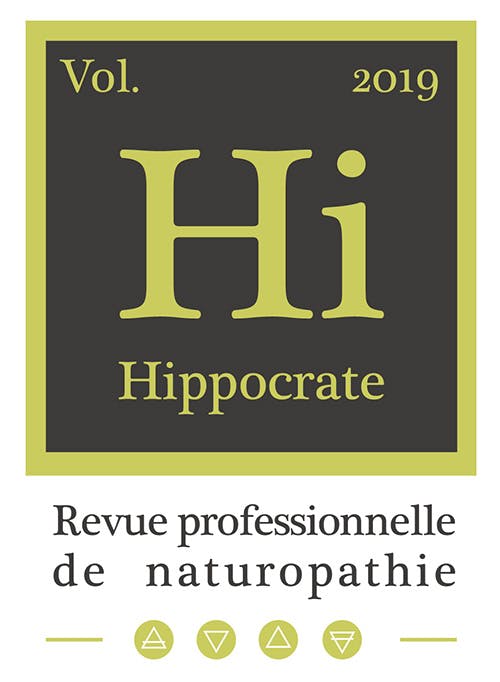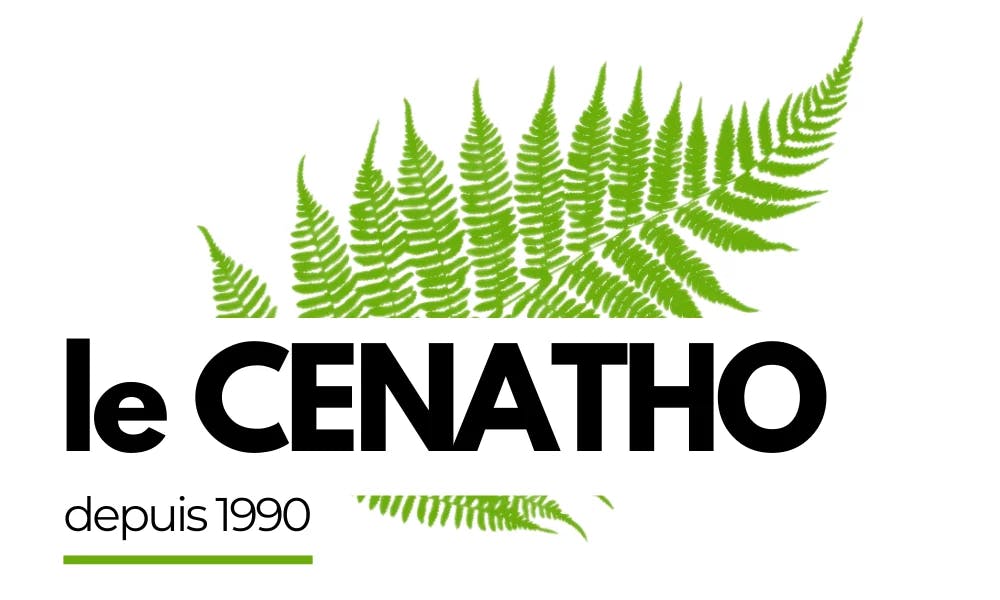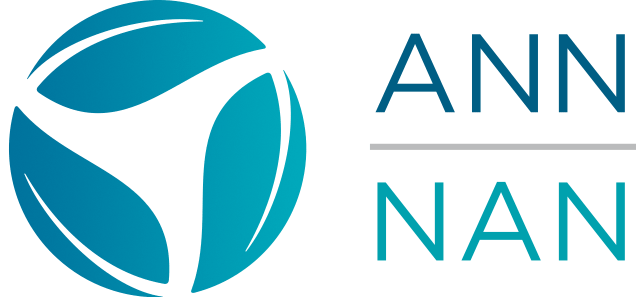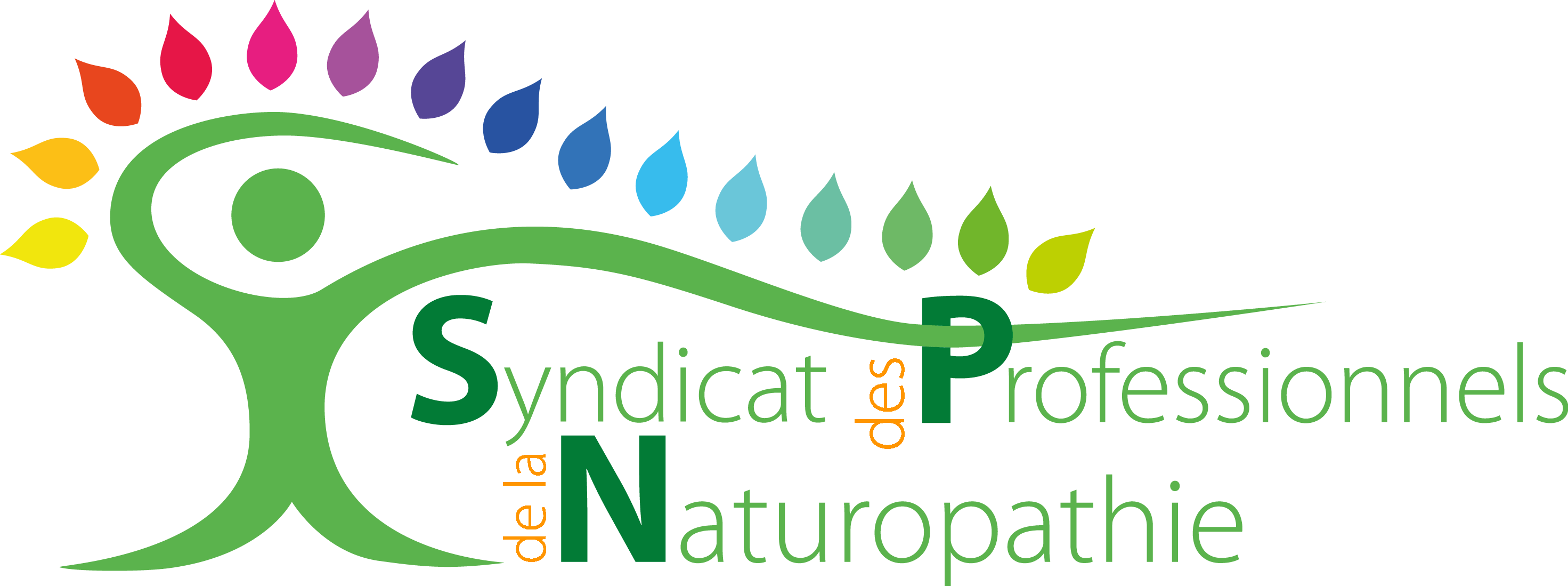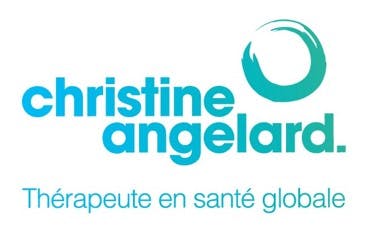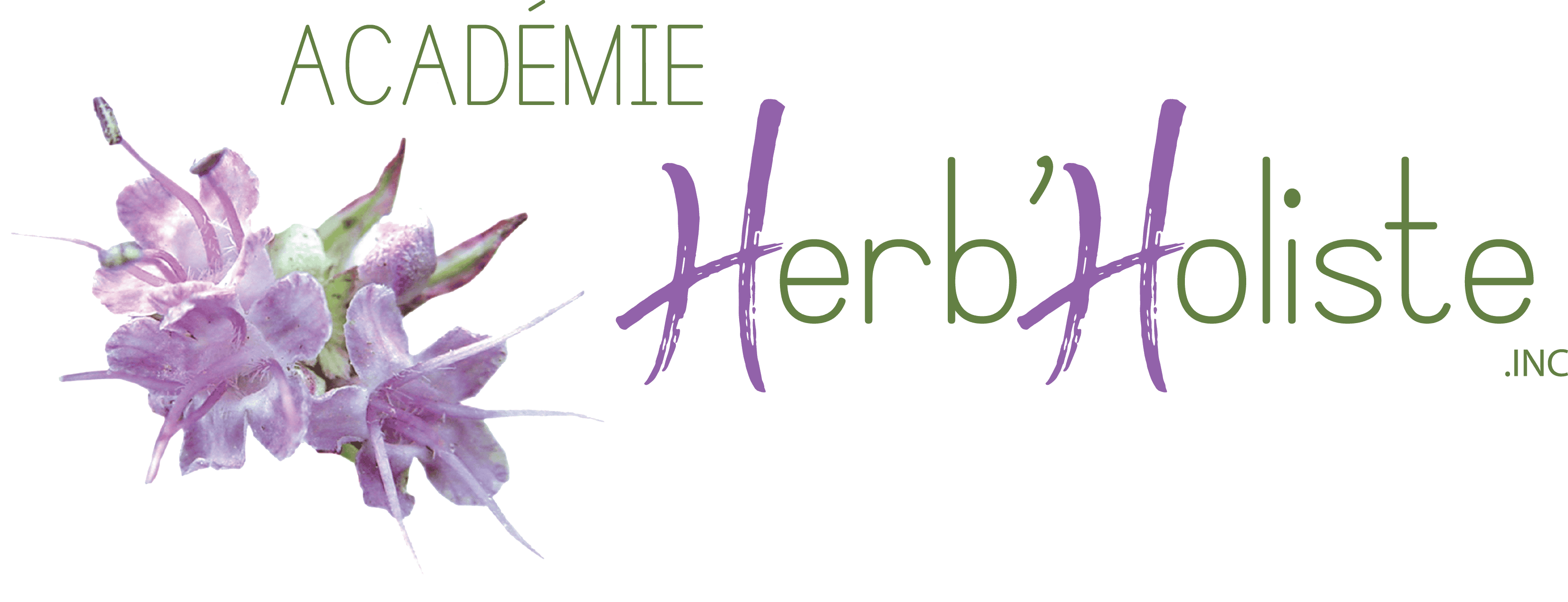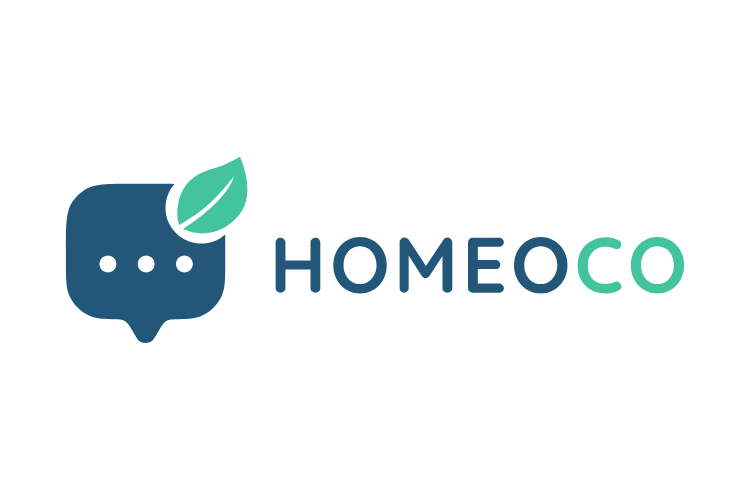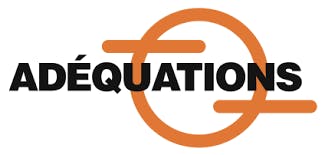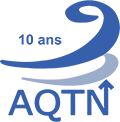The Symbolism of Blood
It's been a while since I haven't posted about symbolisms of the human body, taken from our course with that same name.
It's not a series per se but since this month we're talking about blood, yes very charming I know, I thought we'd explore what the Chinese have to say. They always come up with such ideas!
Joy of Living
Blood represents life, incarnation and joy. It is composed of:
- Serum proteins (from blood serum), whose role is to nourish.
- Cellular blood components, such as red blood cells, white blood cell and platelets.
For the Chinese, life has two elements: sushi and soy sauce. Just kidding - sushi is actually Japanese. No: the energetic, ethereal and spiritual Yang element and the physical, nourishing Yin element represented by the blood.
THE PLATELETS
The agglutination of platelets serves to clot blood in any gaps in vessel walls.
Insufficient platelets reflect an accepted loss of the natural flow of life energy. Oh my! Can you imagine, you come home with your blood test results and your platelets count is very low: what does it say about you!
If platelet counts are low, nothing will stop the flow of blood, which signifies life and the joy of living. Hemorrhages represent a loss of joy in living and a loss of Life.
On the other hand, thrombocythemia (the overproduction of platelets) strengthens the walls and hardens the vessels.
THE WHITE BLOOD CELLS
The white blood cells function as the body’s defense against microbial invasion and are considered the soldiers in our defense army.
They also serve to identify self from non-self and are produced in the bone marrow, which “remembers” the identity of the individual and his or her structure. This is how the body is able to recognize what belongs and what is foreign. In a certain way, the bone marrow reflects the personality.
Note that WBCs, when experiencing an attack, identify and phagocytize the germ cell, which means that they surround it and make it “their own” before sending the body a signal to produce antibodies that can destroy the cell. The enemy is then integrated and its structure is memorized so the body can create the right antibodies for the next attack. The protein materials are thus enriched with the identity of the first invader. When the antiviral fight goes well, the invader becomes integrated. We've made the enemy ours!
Pathologies of the WBC
Pathologies that affect WBCs indicate a profound questioning of identity in tandem with a profound lack of self-confidence or confidence in our body’s structures (WBCs produced in the bone marrow), in that we no longer know what is Self.
Leukopenias reflect a loss of confidence in our abilities: We simply give up.
Leukemias are abnormal proliferations of WBCs that reflect a profound loss of identity, a loss of confidence and a great discouragement when confronted with a fight for life. They cause a production of defense factors that exceed the normal framework of immunity: the body can no longer regulate the production of WBCs, as though its defenses fall into anarchy from all directions.
Remember that WBCs are produced in the bone marrow. When the bone marrow repairs itself from cancer, it often shifts from a phase of bone marrow scarring to a phase of WBC proliferation. This is referred to as “reactional leukemia.” This type of leukemia is often seen as an aggressive disease, while in reality it is part of the bone marrow reconstruction process. These kinds of “reactional leukemias” should be monitored, but there is no need to become alarmed or use treatments that are more dangerous than the reconstruction process itself.
The Red Blood Cells
Red blood cells transport oxygen to the cells. Their red color reflects action and energy and their richness in iron represents both production and incarnation or, more precisely, humanity’s experience in the material world and our ability to produce.
Note that the atomic number of iron is 26, which signifies the sacred name of the Divine Tetragram—we therefore find the imprint of the Sacred within our cells.
Annick de Souzenelle reminds us that the red blood cell is the only cell with no nucleus, as though it were an exhalation of the divine within humanity: “This anucleated cell is propelled by blood flow. What became of its nucleus? No one knows.”
The nucleus had to disappear so that our incarnation could occur. The Divine Tetragram is therefore present in the form of WBCs, like an imprint. Life, which is maintained by inhaling and exhaling, comes from the “exhalation” of the Divine Breath. Divine Love (the nucleus) removed itself so that humans could become incarnated. The Divine Breath is already in our blood or in what incarnates us. But this sacred imprint is not merely an imprint; it is a witness to the Divine Breath. By removing itself, it allows us to exist. This is the passage from formlessness to form.
The average life cycle of a red blood cell is 120 days, and the “life span of man is 120 years,” God said to Noah. Human life is truly reflected in the red blood cells.
The Lymph
Let's not forget about the lymphatic system, it's part after all of the body’s defense system and consists of:
- The lymphoid organs: the tonsils, the guardians to the entrance of the throat; and the appendix at the end of the caecum to prevent a reflux of normal bacteria from the colon into the small intestine.
- The lymphatic vessels: these control the venous system and drain interstitial liquid that filters across an extensive network of lymph nodes.
- The lymph nodes help detoxifies the body of any toxins or cellular waste products eliminated via the lymph.
The role of the lymph is therefore to “clean up” the waste in tissues. It also nourishes the body by transporting fats to the digestive system. These roles of nourished and protector connote Yin elements.
Lymph disorders reflect a loss of a sense of protection as well as difficulties in identifying self from non-self, as the lymph nodes represent the areas where our defense against and relationship with outside “intruders” takes place.
The bloodline, or the true identity of the individual, also incorporates the Five Elements of Chinese medicine. Here we find the Liver, which provides energetic support to the veins and capillaries; the Heart, which supports the arteries and the bloodstream; the Spleen, which assists in WBC maturation and supports the lymph and lymphoid tissues; the Lungs, which provide oxygen to the blood, which is essential for life; and finally, the Kidneys, which synthesize erythropoietin, an essential hormone for regulating WBC maturation. Our cells are also produced in the bone marrow, which depends on the energy of the Kidney.
The blood is a true representation of the five solid viscera. It not only reflects our biological identity but also bears the sacred imprint of our humanity.
If you enjoyed this article, maybe you'll also like:
Lymphatic Drainage
Spleen Yin and Yang Spleen
The Heart In&Out








